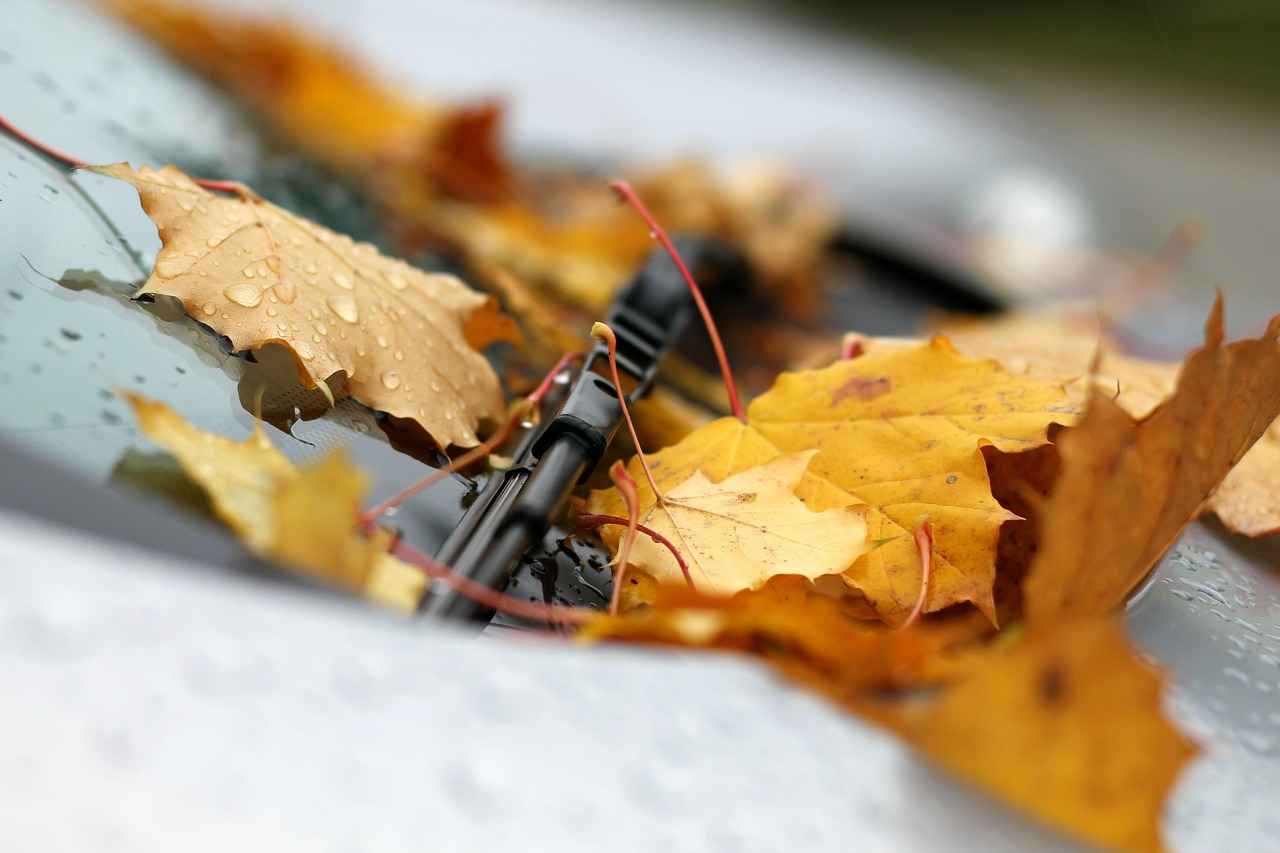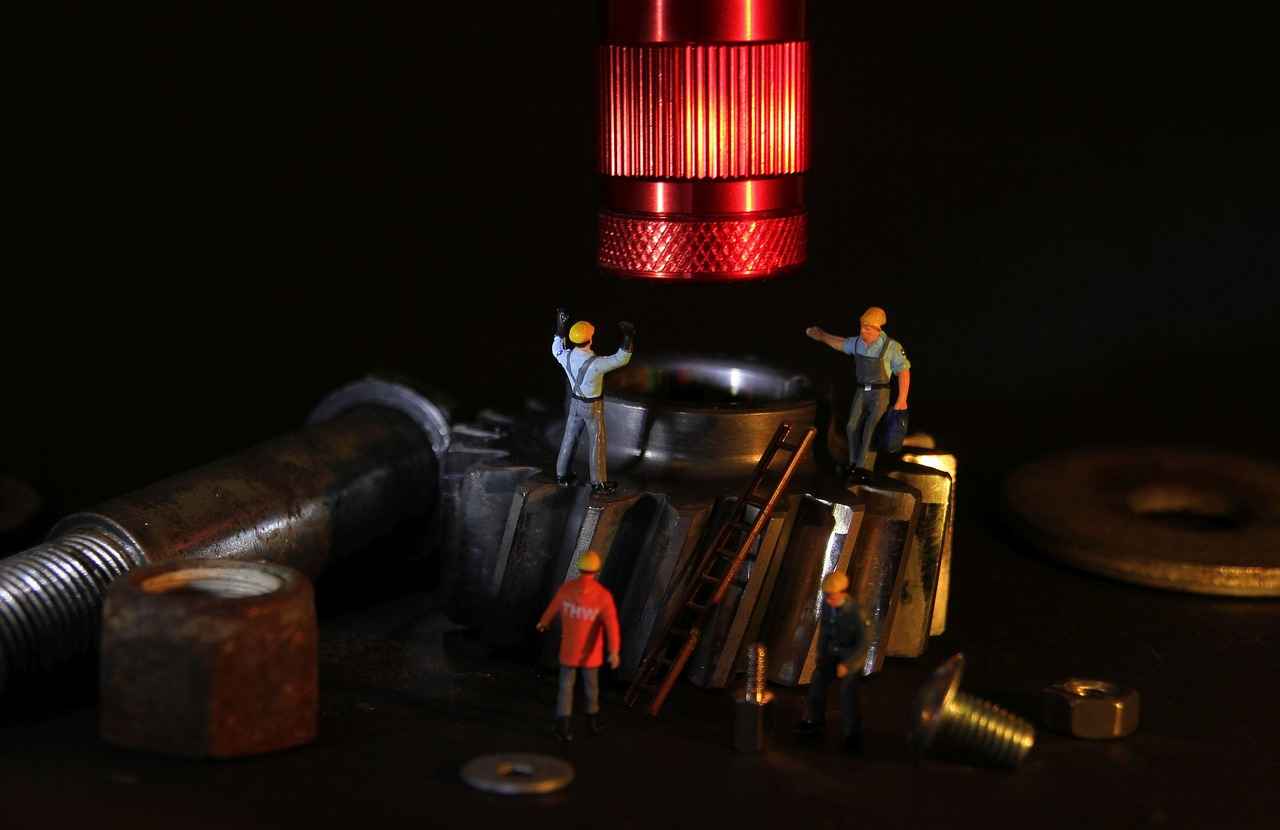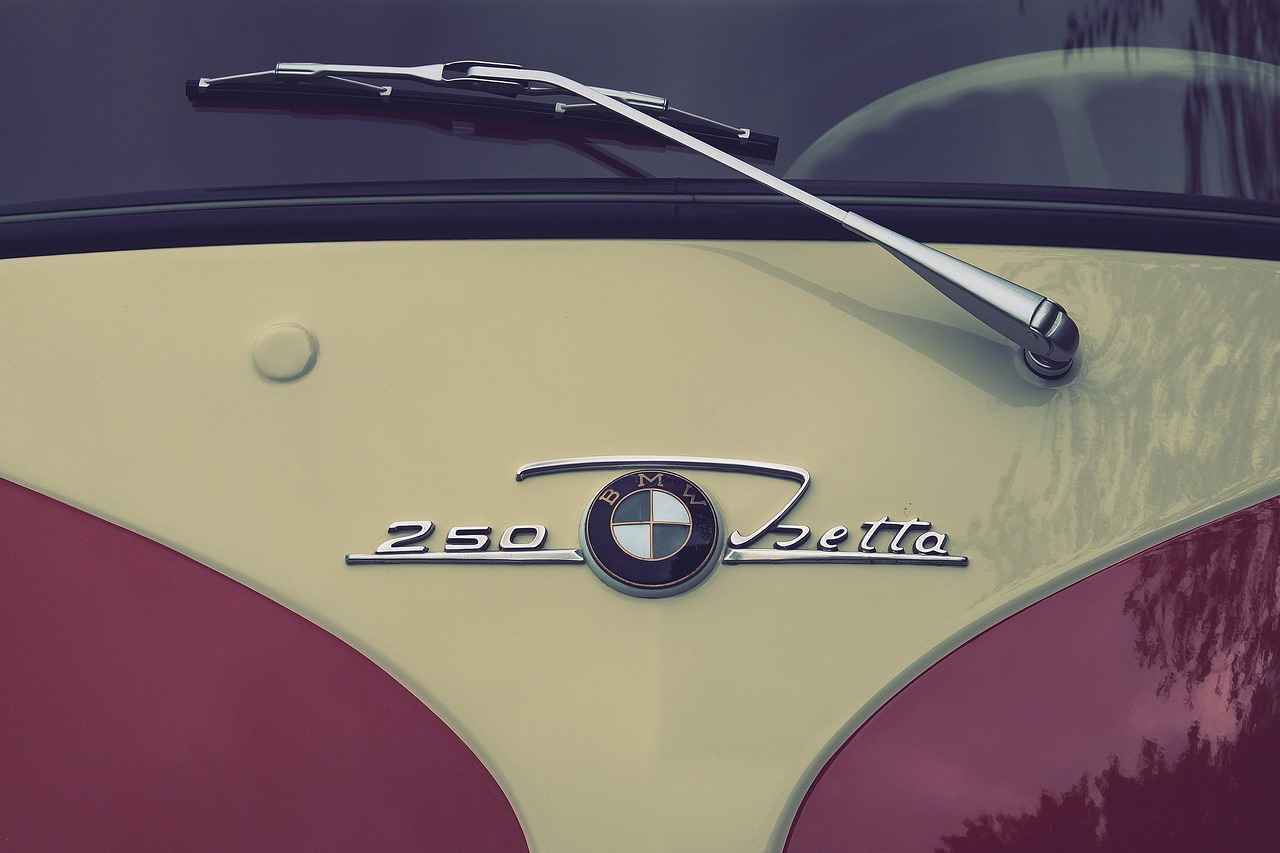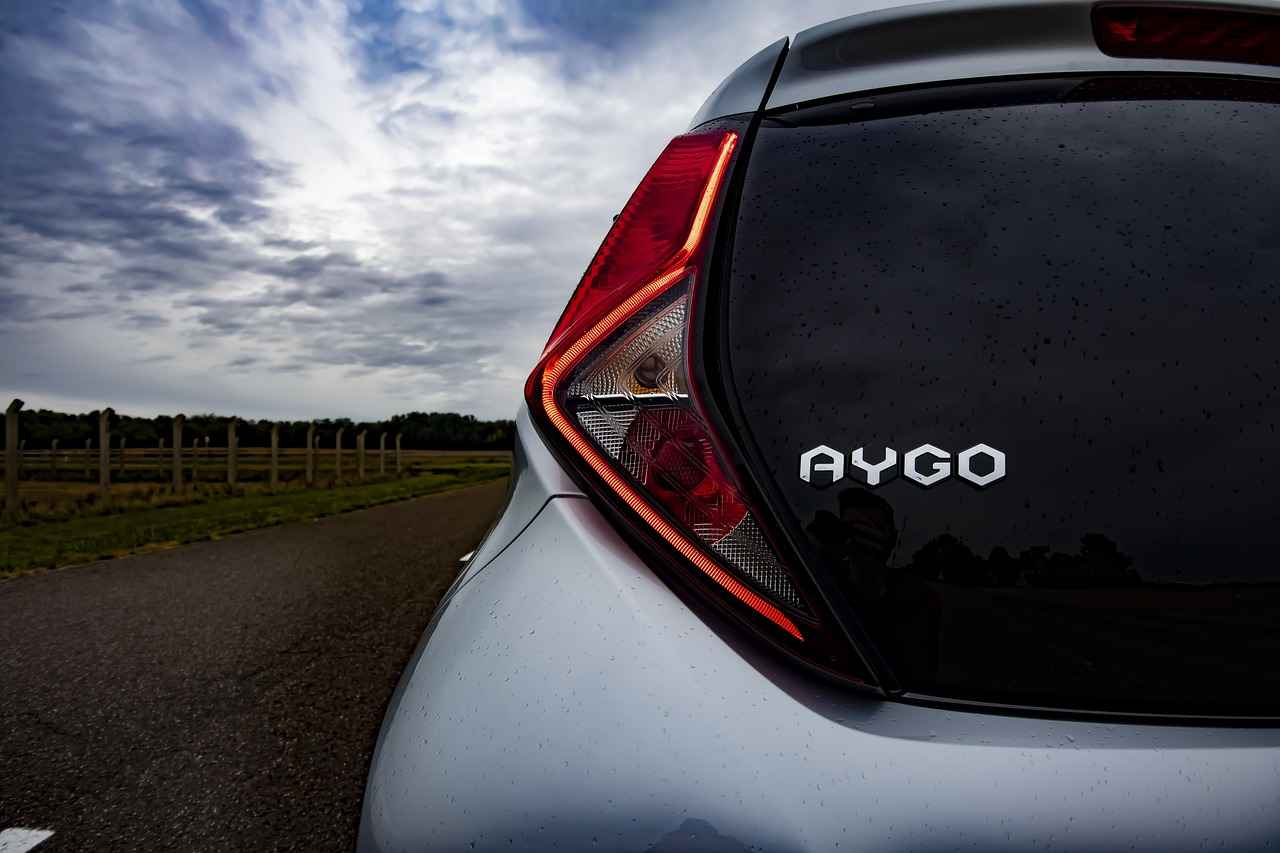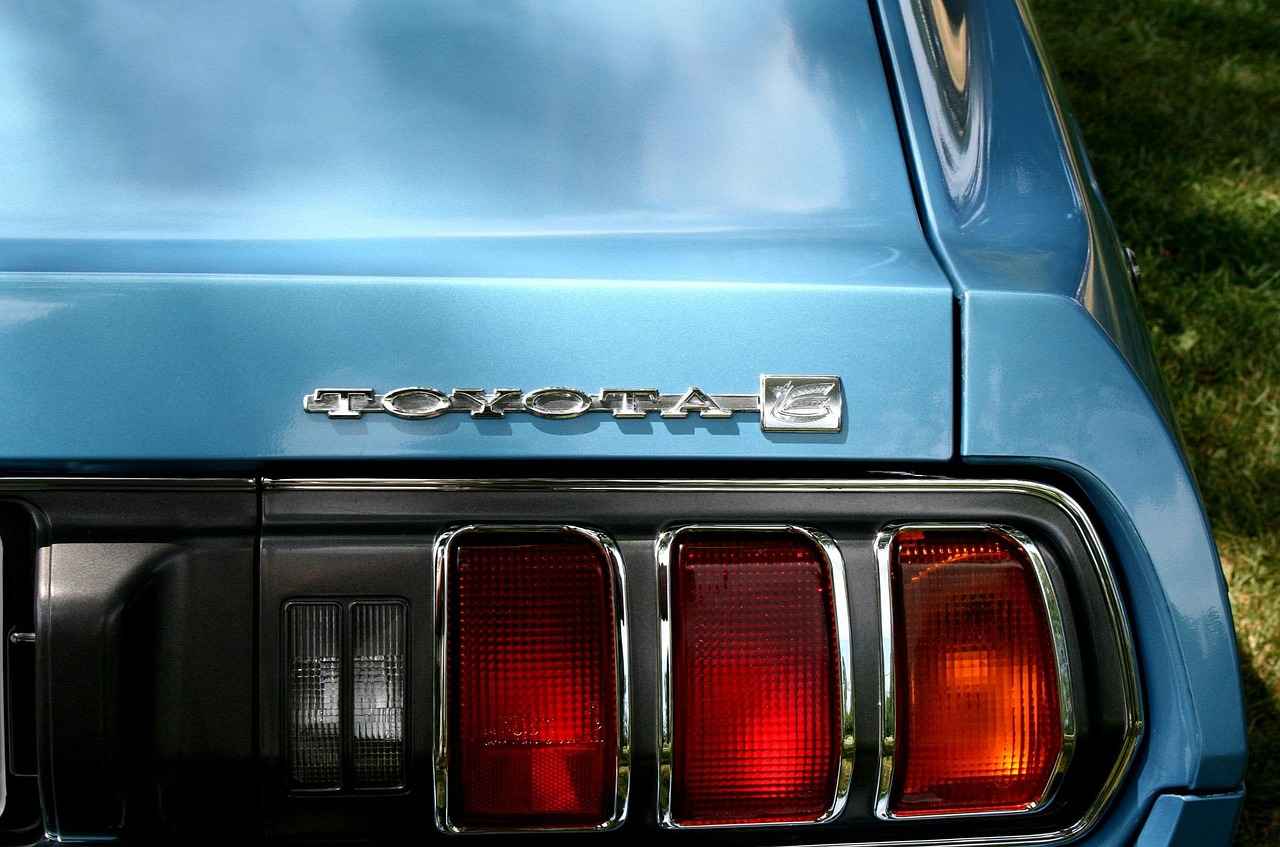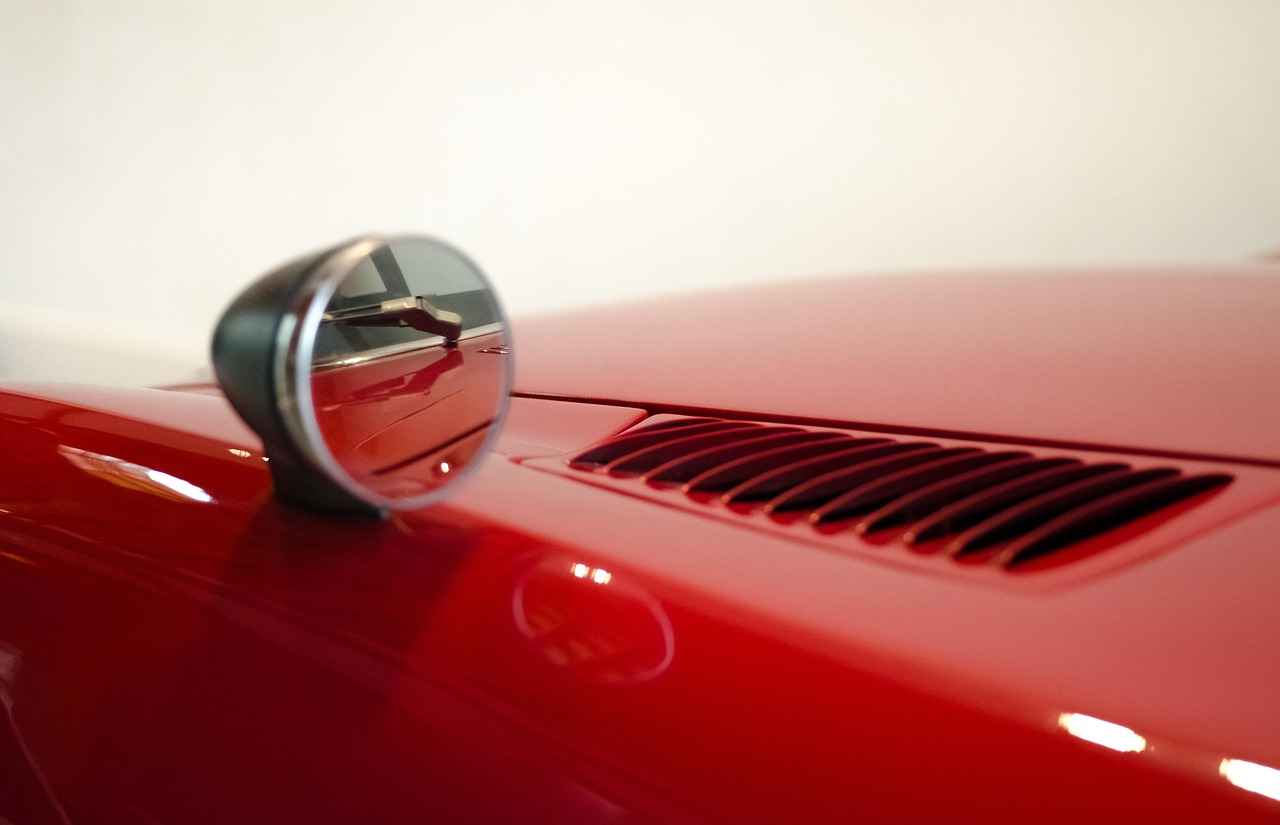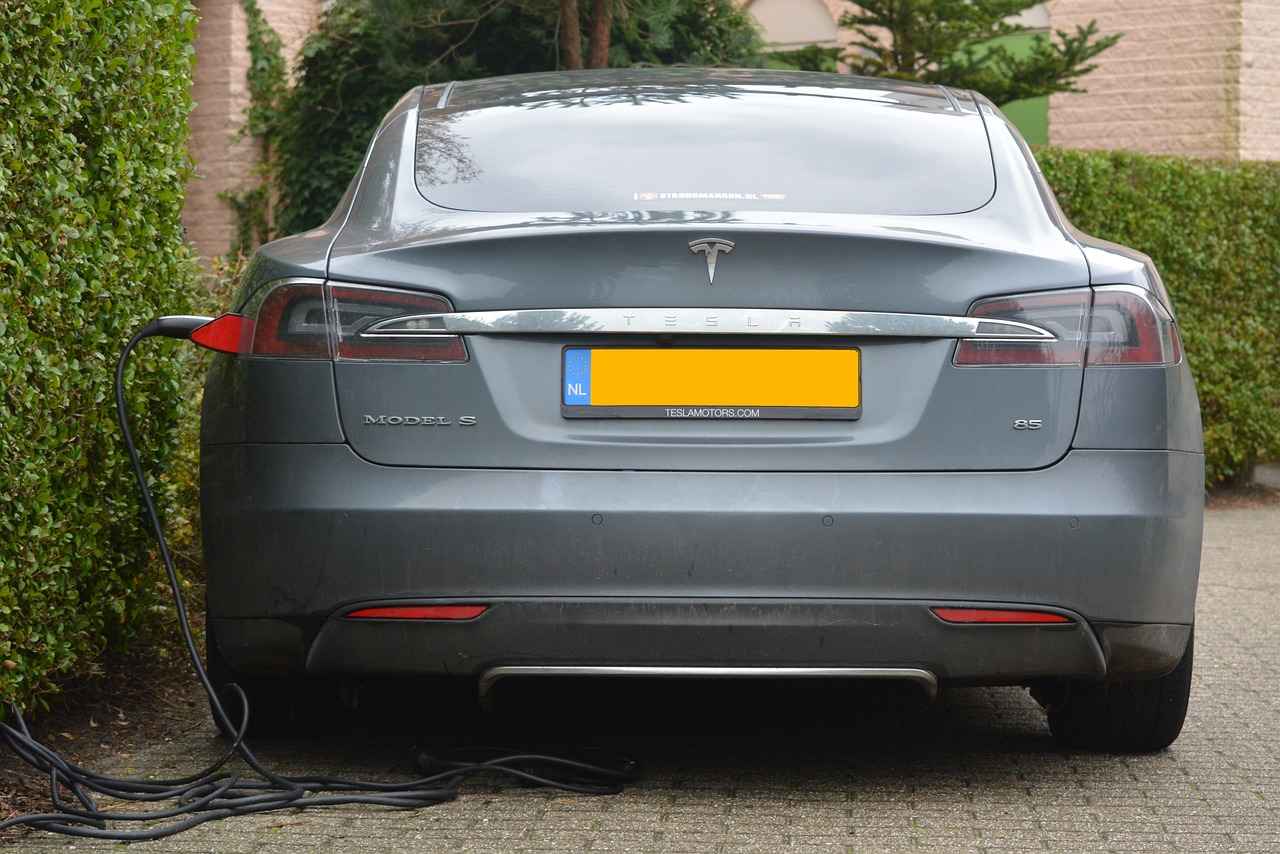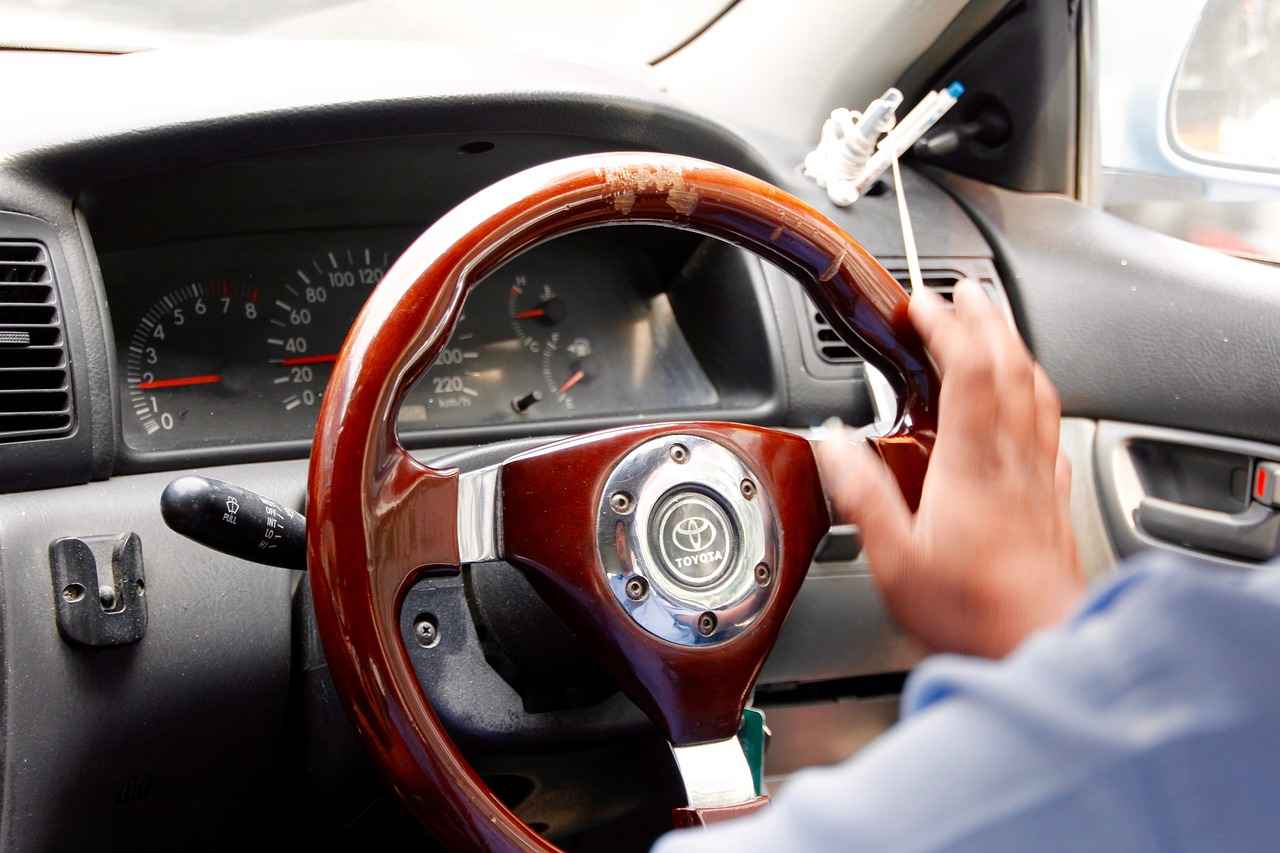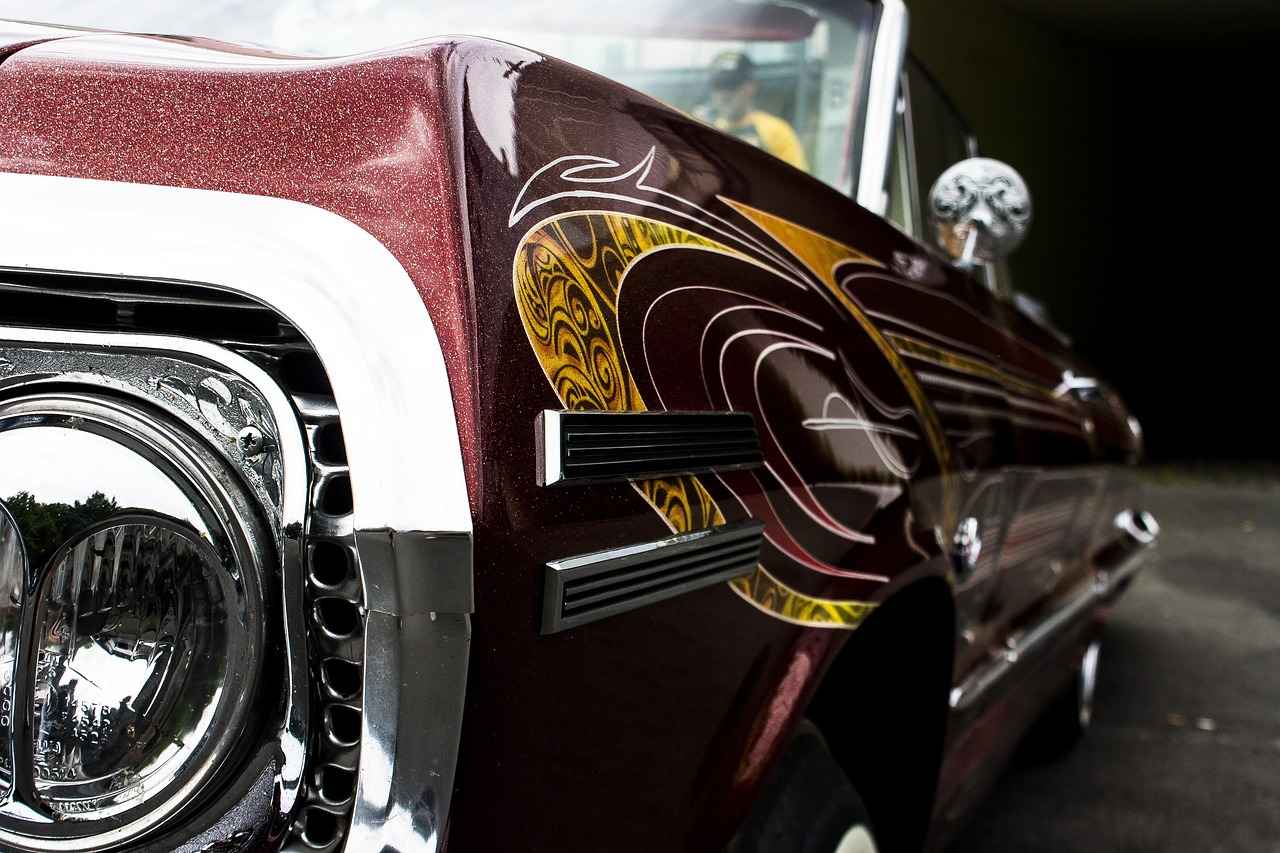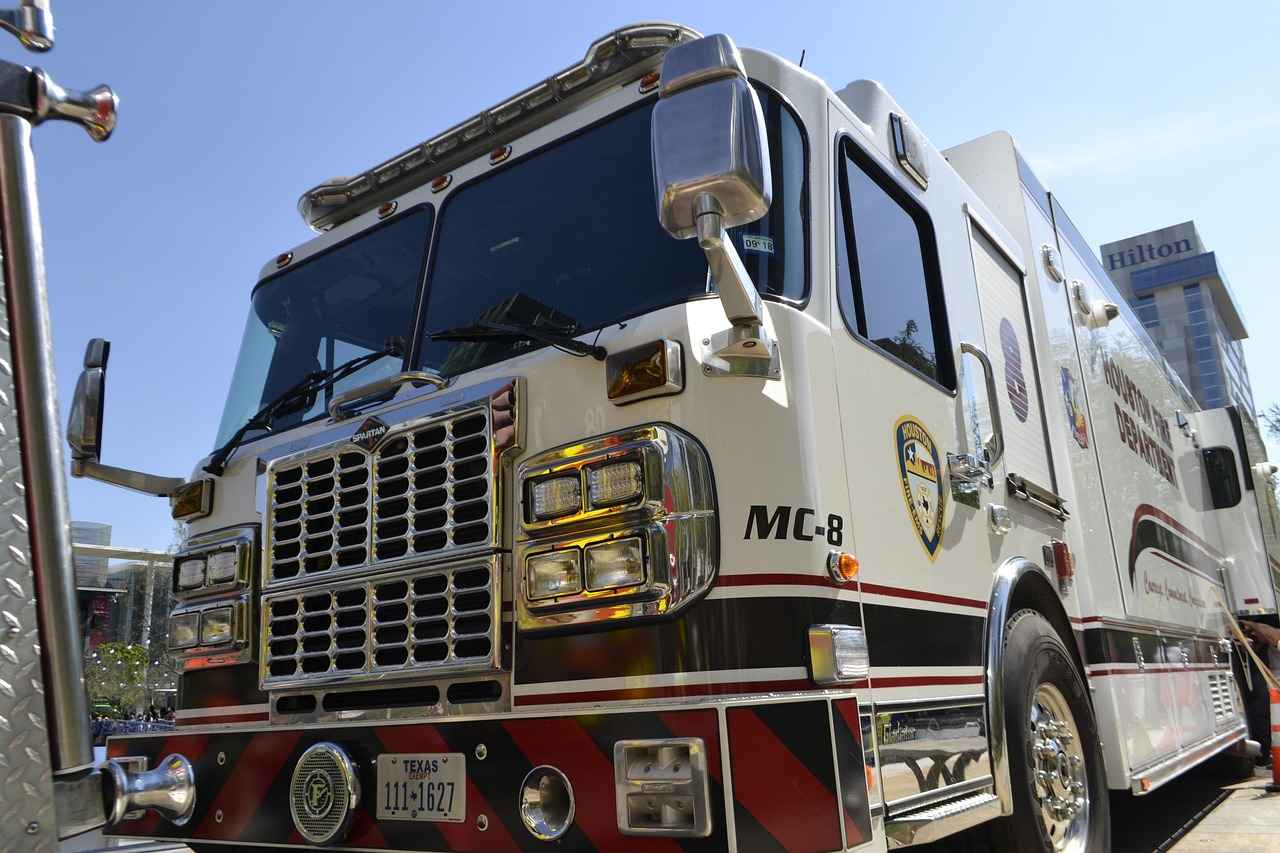Windshield wipers are essential for maintaining visibility during rain or adverse weather conditions. When they fail to operate properly, it can lead to dangerous driving situations. This article serves as a comprehensive guide to diagnosing and fixing common issues with windshield wipers, ensuring your safety on the road.
Understanding the typical reasons behind windshield wiper malfunctions can help you quickly identify and resolve the issue. Common causes include:
- Worn Wiper Blades: Over time, wiper blades can become cracked or brittle.
- Electrical Issues: Problems with the electrical system, such as blown fuses or faulty wiring, can prevent wipers from functioning.
- Wiper Motor Failure: The motor may fail due to wear and tear or electrical issues.
Diagnosing windshield wiper issues involves a systematic approach. Here are some steps to follow:
- Check the Wiper Blades: Inspect the blades for any signs of damage such as tears or stiffness.
- Test the Wiper Motor: Use a multimeter to check if the motor is receiving power.
- Inspect Electrical Connections: Ensure all connections are secure and free from corrosion.
Worn or damaged wiper blades can lead to ineffective wiping. Regularly inspect the blades for cracks, tears, or signs of wear to maintain optimal performance. If you notice any issues, it’s crucial to replace them.
Typically, wiper blades should be replaced every six months to a year, depending on usage and environmental conditions. Regular replacement ensures clear visibility during inclement weather.
Replacing wiper blades is a straightforward process:
1. Lift the wiper arm away from the windshield.2. Remove the old blade by pressing the release tab.3. Attach the new blade by sliding it into place until it clicks.4. Lower the wiper arm back to the windshield.
If troubleshooting does not resolve the issue, further investigation into the electrical system or professional assistance may be necessary. Consider the following:
A malfunctioning wiper motor can prevent the blades from operating. Testing the motor with a multimeter can help determine if it requires repair or replacement. If the motor is not functioning, it may need to be replaced.
If all else fails, seeking help from a qualified mechanic can provide expert insights and solutions. A professional can diagnose complex issues that may not be apparent to the average driver, ensuring that your windshield wipers are restored to full functionality.
By following this guide, you can effectively troubleshoot common windshield wiper issues, ensuring that your vehicle remains safe and functional during adverse weather conditions.
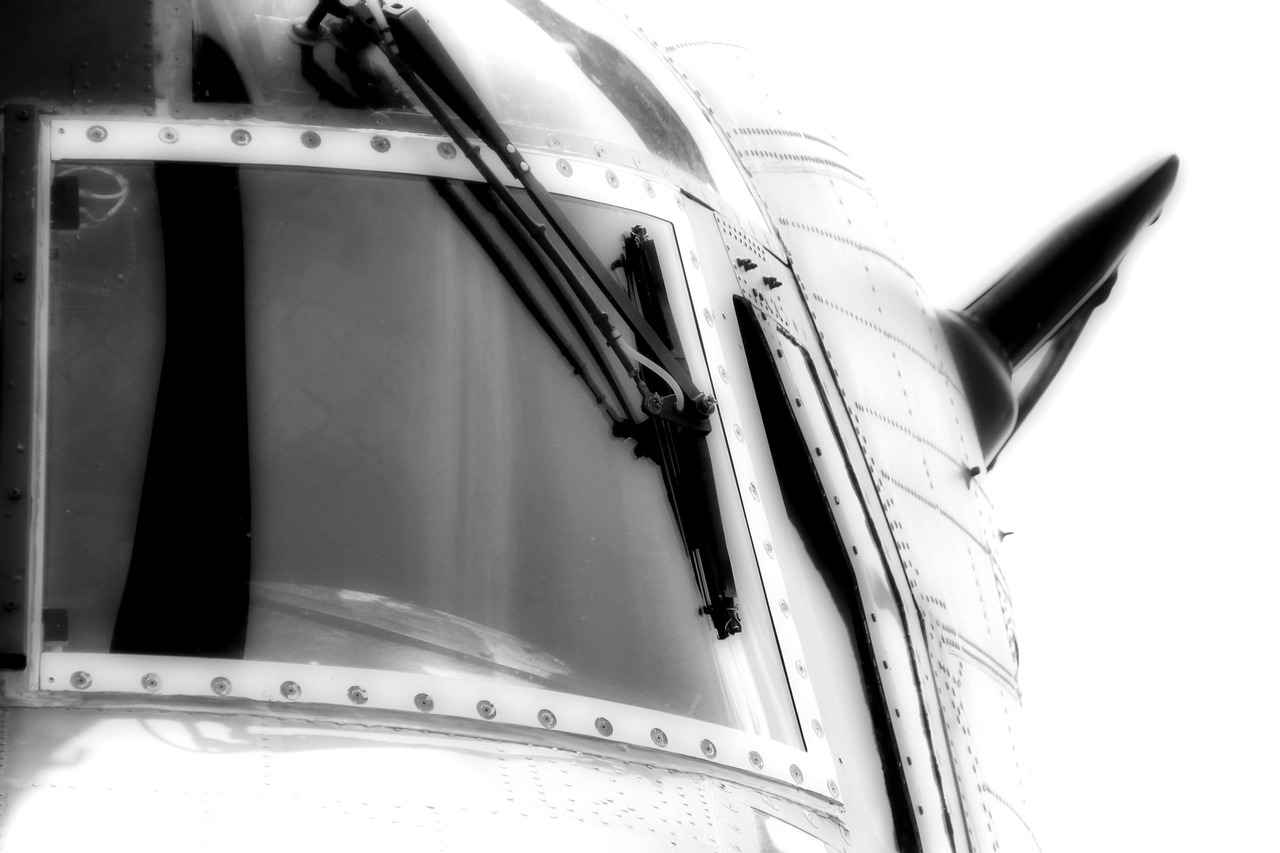
What Are the Common Causes of Windshield Wiper Failure?
When it comes to maintaining your vehicle, one often overlooked component is the windshield wiper system. Understanding the common causes of windshield wiper failure is essential for ensuring clear visibility during adverse weather conditions. A malfunctioning wiper system can significantly impair your ability to see the road, leading to dangerous driving situations. This article will delve into the typical reasons behind windshield wiper issues, helping you identify and resolve them swiftly.
- Worn Wiper Blades: Over time, wiper blades can become worn out due to exposure to harsh weather conditions. This can lead to streaking, skipping, or even complete failure to clear the windshield.
- Faulty Wiper Motor: The wiper motor is responsible for powering the wipers. If it malfunctions, the wipers may not operate at all. Signs of a failing motor include unusual noises or intermittent operation.
- Electrical Issues: Problems with the electrical system, such as blown fuses or damaged wiring, can prevent the wipers from functioning. Always check the fuse box for blown fuses related to the wiper system.
- Linkage Problems: The linkage connects the wiper motor to the wiper arms. If this linkage is damaged or disconnected, it can result in the wipers not moving at all.
- Ice or Snow Buildup: In colder climates, ice or snow can accumulate on the wiper arms, preventing them from moving. Always clear your windshield and wipers before driving in winter conditions.
By recognizing these common issues, you can take proactive measures to address them before they escalate into more significant problems.
Diagnosing windshield wiper issues involves a systematic approach:
1. Start by inspecting the wiper blades for any visible signs of wear or damage.2. Check the wiper motor by listening for unusual sounds during operation.3. Examine the electrical connections and fuses to ensure they are intact.4. Look at the linkage to confirm that it is properly connected.
By following this checklist, you can pinpoint the source of the problem effectively.
If you have conducted your checks and the wipers are still non-functional, it may be time to take further action:
- Test the Wiper Motor: Use a multimeter to check if the motor is receiving power. If not, the issue may lie within the electrical system.
- Consult a Professional Mechanic: If you are unable to resolve the issue yourself, seeking help from a qualified mechanic can provide the expertise needed to restore your wipers to full functionality.
In conclusion, understanding the common causes of windshield wiper failure allows you to take immediate action to maintain your vehicle’s safety and functionality. Regular maintenance and timely repairs are key to ensuring that your wipers perform effectively during critical driving conditions.

How to Diagnose Windshield Wiper Problems?
Diagnosing windshield wiper problems is essential for maintaining safe driving conditions, especially during rainy or adverse weather. A systematic approach can help you pinpoint the issue quickly, ensuring that your visibility is never compromised. In this article, we will explore the steps to effectively diagnose windshield wiper problems.
Before diving into diagnostics, it’s important to understand the main components of your windshield wiper system. These include:
- Wiper Blades: The rubber part that makes contact with the windshield.
- Wiper Motor: The electrical component that powers the wipers.
- Fuses: Safety devices that protect the electrical system.
- Electrical Connections: Wires and connectors that transmit power.
To effectively diagnose windshield wiper problems, follow these steps:
Begin by examining the wiper blades. Look for signs of wear such as cracks, tears, or hardened rubber. If the blades are damaged, they won’t make proper contact with the windshield, leading to streaks and reduced visibility. Replace any worn blades promptly to maintain optimal performance.
If the wiper blades are in good condition, the next step is to check the fuses. Locate the fuse box in your vehicle and identify the fuse associated with the windshield wipers. A blown fuse will interrupt the power supply to the wiper motor. Replace any blown fuses with the appropriate amperage to restore functionality.
After confirming the fuses are intact, the next focus should be the wiper motor. Use a multimeter to test for electrical continuity. If the motor does not receive power, it may need to be replaced. Conversely, if the motor is receiving power but not functioning, it likely requires repair or replacement.
Examine the electrical connections for any signs of corrosion or damage. Loose or corroded connections can disrupt the flow of electricity to the wiper motor. Ensure all connections are secure and clean to facilitate proper operation.
If all components appear functional but the wipers still do not operate, the issue may lie with the wiper switch on the steering column. A malfunctioning switch can prevent the wipers from receiving the signal to operate. Testing or replacing the switch may be necessary to resolve the issue.
If troubleshooting does not yield results, it may be time to seek professional help. A qualified mechanic can provide a more thorough diagnosis and address any underlying electrical issues that may not be immediately apparent.
Diagnosing windshield wiper problems requires a structured approach that includes inspecting the blades, checking fuses, testing the motor, and examining electrical connections. By following these steps, you can ensure that your windshield wipers function effectively, providing you with the clear visibility needed during inclement weather.
Inspecting the Wiper Blades
Proper maintenance of your windshield wiper blades is crucial for ensuring clear visibility while driving, especially during rain or adverse weather conditions. Worn or damaged wiper blades can lead to ineffective wiping, which can impair your ability to see the road clearly. Therefore, it’s essential to regularly inspect your wiper blades for any signs of damage.
- Cracks: Look for any visible cracks on the rubber of the blades. Cracks can prevent the blade from making full contact with the windshield, leading to streaking and poor visibility.
- Tears: Check for tears or missing pieces on the blade. Even small tears can significantly reduce the effectiveness of the wipers.
- Signs of Wear: Over time, the rubber can wear down and lose its flexibility. If the blades appear hard or brittle, it’s time for a replacement.
To maintain optimal performance, consider the following tips:
1. Regularly clean the wiper blades with a damp cloth to remove dirt and debris.2. Inspect the blades every few months, especially before the rainy season.3. Replace wiper blades that are older than six months, or sooner if you notice any issues.
Understanding how to inspect your wiper blades properly can save you from potential hazards on the road. A simple check can ensure that your wipers are functioning effectively, providing you with the clear visibility you need during inclement weather.
In addition to inspecting the blades, it’s also important to keep an eye on the wiper arm. The arms should be straight and not bent, as a bent arm can prevent the blade from making proper contact with the windshield. If you notice any issues with the wiper arm, it may require adjustment or replacement.
Finally, if you find that your wiper blades are frequently wearing out or becoming damaged, consider the environmental factors at play. Extreme temperatures, whether hot or cold, can affect the lifespan of your wiper blades. Parking in a garage or using a windshield cover can help protect them from harsh weather conditions.
By conducting regular inspections and following these guidelines, you can ensure that your windshield wipers remain in good condition, allowing for safe driving in all weather conditions.
When Should You Replace Wiper Blades?
When it comes to maintaining your vehicle, one of the most crucial yet often overlooked components is the wiper blades. These essential tools ensure that your visibility remains clear during rain, snow, or any adverse weather conditions. But, when should you replace wiper blades? Understanding the signs of wear and the recommended replacement intervals can significantly enhance your driving safety.
Typically, wiper blades should be replaced every six months to a year. However, this timeframe can vary based on several factors:
- Usage Frequency: If you frequently drive in rainy or snowy conditions, you may need to replace your blades more often.
- Environmental Conditions: Extreme temperatures, whether hot or cold, can accelerate the wear and tear of wiper blades.
- Quality of Blades: Higher-quality blades may last longer than cheaper alternatives, making it essential to choose wisely.
To ensure optimal performance, it’s important to regularly inspect your wiper blades for any signs of damage. Look for:
- Cracks or Tears: These can prevent the blade from making proper contact with the windshield.
- Streaking: If your wipers leave streaks or fail to clear water effectively, it’s time for a replacement.
- Noisy Operation: Squeaking or chattering sounds during operation can indicate that the blades are worn out.
In addition to visual checks, consider the age of your wiper blades. Even if they appear to be in good condition, rubber can degrade over time, making replacement necessary. If you’re unsure about the condition of your blades, most auto parts stores offer free inspections.
When you decide it’s time to replace your wiper blades, the process is relatively straightforward. Here’s a quick guide:
- Lift the Wiper Arm: Gently pull the wiper arm away from the windshield.
- Remove the Old Blade: Depending on your wiper type, you may need to press a tab or slide the blade off the arm.
- Attach the New Blade: Securely attach the new blade by sliding it into place or snapping it in according to the manufacturer’s instructions.
- Test the Wipers: Once installed, test the wipers to ensure they operate smoothly and effectively.
In summary, regularly replacing your wiper blades is essential for maintaining clear visibility and safe driving conditions. By adhering to the recommended replacement schedule and being vigilant for signs of wear, you can enhance your vehicle’s performance during inclement weather. Remember, your safety depends on your ability to see clearly, so don’t overlook this vital aspect of vehicle maintenance.
How to Install New Wiper Blades?
Installing new wiper blades is an essential maintenance task that ensures your vehicle maintains optimal visibility during rainy or adverse weather conditions. Whether you are a seasoned car owner or a novice, understanding the proper method for replacing wiper blades can save you time and enhance your safety on the road.
Wiper blades are crucial for maintaining a clear line of sight while driving. Over time, they can wear out due to exposure to the elements, leading to streaks, skips, or ineffective wiping. Regularly replacing wiper blades not only improves visibility but also ensures that your windshield remains free from scratches and damage.
Before starting the installation process, gather the following tools:
- New wiper blades (ensure they are the correct size for your vehicle)
- Clean cloth (for cleaning the windshield)
- Safety glasses (to protect your eyes during the process)
Follow these simple steps to replace your wiper blades:
- Lift the Wiper Arm: Gently pull the wiper arm away from the windshield until it is in an upright position. This will allow you to easily access the wiper blade.
- Remove the Old Blade: Locate the release tab on the wiper blade. Press or pull this tab to detach the blade from the wiper arm. Be cautious as the wiper arm may snap back against the windshield.
- Attach the New Blade: Align the new wiper blade with the wiper arm. Slide it into place until you hear a click, indicating that it is securely attached.
- Lower the Wiper Arm: Gently lower the wiper arm back onto the windshield. Ensure it is positioned correctly and does not touch the glass too hard.
- Test the Wipers: Turn on your vehicle and activate the wipers to ensure they function smoothly and effectively.
While replacing wiper blades is straightforward, here are some common pitfalls to avoid:
- Using the Wrong Size: Always check your vehicle’s manual or consult with a parts specialist to ensure you purchase the correct size blades.
- Forgetting to Clean the Windshield: Before installing new blades, clean the windshield to remove any debris that could hinder performance.
- Neglecting to Test the Blades: After installation, always test the wipers to confirm they are functioning properly.
It is recommended to replace wiper blades every six months to a year, depending on usage and environmental factors. Regular checks for signs of wear, such as cracks or fraying, can help you maintain optimal visibility.
By following these guidelines, you can ensure that your wiper blades are installed correctly and functioning effectively, enhancing your safety and comfort while driving.
Checking the Wiper Motor and Fuse
When your windshield wipers fail to operate, it can be frustrating, especially during inclement weather. After ensuring that the wiper blades are in good condition, the next critical step is to examine the wiper motor and fuse. These components are essential for the proper functioning of your wipers, and a failure in either can lead to complete inoperability.
The wiper motor is responsible for driving the wiper blades across your windshield, while the fuse protects the electrical circuit from overloads. If either of these parts is malfunctioning, your wipers may not work at all. Here’s how to check these components effectively:
- Locate the Wiper Motor: Typically found under the vehicle’s hood, near the base of the windshield.
- Inspect for Damage: Look for any visible signs of wear, corrosion, or disconnection.
- Test the Motor: Use a multimeter to check for voltage at the motor connector. If there’s no voltage, the issue may lie within the wiring or switch.
Fuses are designed to blow when there is an electrical fault, protecting your vehicle’s wiring.
- Find the Fuse Box: Refer to your vehicle’s manual to locate the fuse box.
- Identify the Wiper Fuse: Look for the fuse labeled for the windshield wipers, usually indicated in the diagram on the fuse box cover.
- Inspect the Fuse: Remove the fuse and check if the metal strip inside is broken. If it is, replace it with a new fuse of the same amperage.
If both the wiper motor and fuse are in working order, the next step involves checking the wiring connections and the wiper control switch. Faulty connections or a defective switch can also lead to wiper failure.
If you have gone through these checks and the windshield wipers are still not functioning, it may be time to consult a professional mechanic. They can perform a more in-depth diagnosis, potentially identifying issues within the vehicle’s electrical system that may not be immediately apparent.
In conclusion, ensuring that your windshield wipers are operational is crucial for safe driving during adverse weather conditions. By systematically checking the wiper motor and fuse, and addressing any issues found, you can maintain clear visibility and enhance your driving safety.
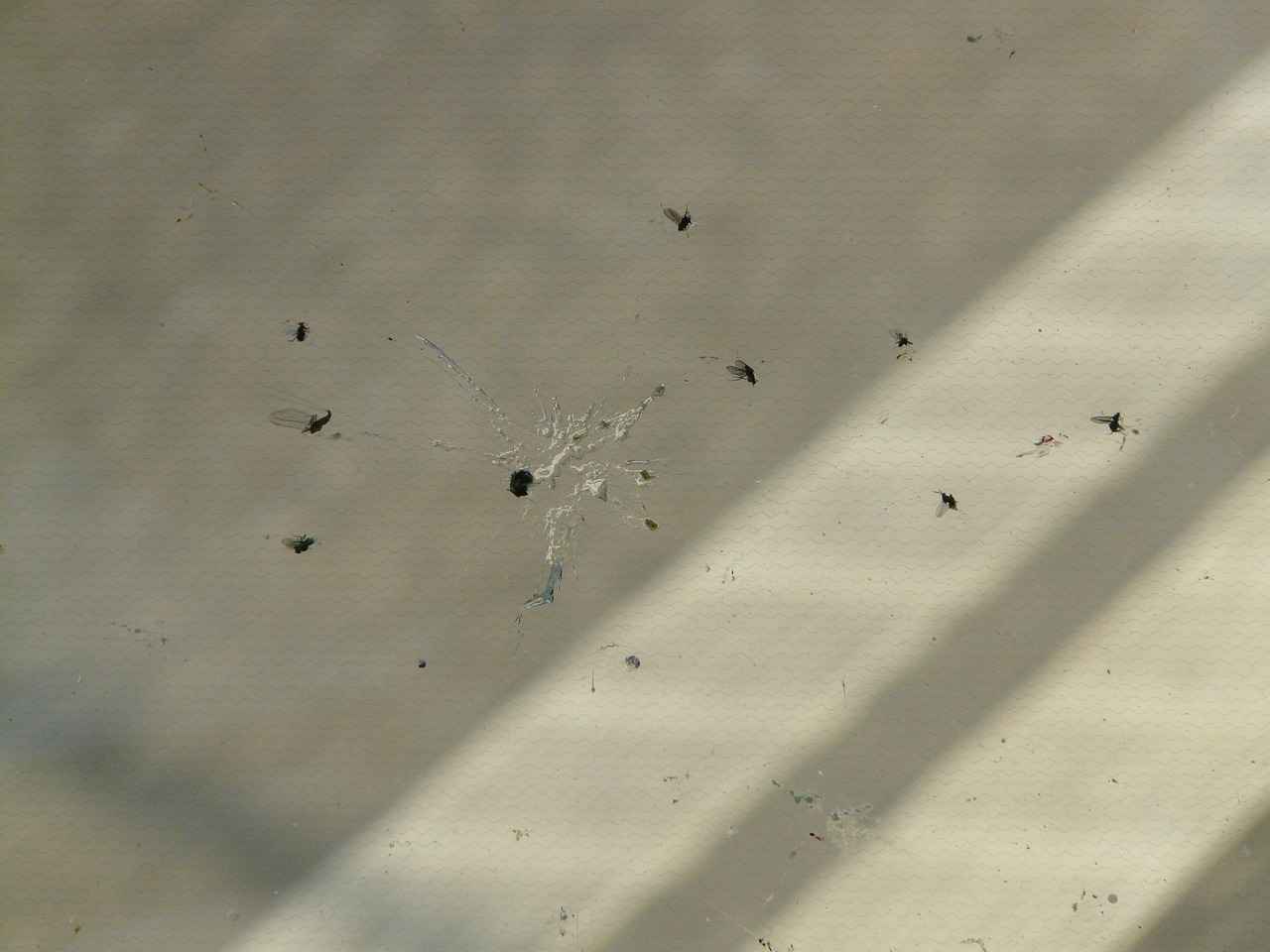
What Should You Do If the Wipers Still Don’t Work?
If your windshield wipers are still not functioning after performing basic troubleshooting, it can be frustrating and concerning. The inability to use your wipers can significantly impair your visibility during rain or adverse weather conditions. In such cases, it is crucial to take a systematic approach to address the underlying issues.
When initial troubleshooting steps don’t yield results, it may indicate a deeper problem within the vehicle’s electrical system. This could involve issues with wiring, connectors, or even the vehicle’s control module. Each of these components plays a vital role in the operation of your windshield wipers.
Before seeking professional help, you can conduct a few more checks:
- Examine Wiring and Connectors: Inspect the wiring harness connected to the wiper motor for any signs of wear, fraying, or corrosion. Ensure that all connectors are securely attached.
- Test the Wiper Switch: The switch that activates the wipers can sometimes fail. Use a multimeter to check for continuity when the switch is activated.
- Check for Ground Issues: A poor ground connection can prevent the wipers from functioning. Make sure the ground connection is secure and free from corrosion.
If you have conducted these checks and the wipers still do not work, it may be time to consult a professional mechanic. They have the tools and expertise to diagnose more complex electrical issues. Here are some scenarios where professional help is essential:
- In-depth Electrical Diagnostics: A mechanic can perform detailed diagnostics using specialized equipment to identify faults that may not be visible during a basic inspection.
- Component Replacement: If components like the wiper motor or control module are found to be defective, a professional can replace them safely and correctly.
- Warranty Considerations: If your vehicle is still under warranty, it’s advisable to have repairs done at an authorized service center to avoid voiding your warranty.
To avoid future wiper problems, consider the following preventive measures:
- Regular Maintenance: Schedule routine maintenance checks that include the wiper system, ensuring all components are in good working order.
- Quality Wiper Blades: Invest in high-quality wiper blades that can withstand various weather conditions, reducing wear and tear.
- Stay Informed: Keep an eye on any warning lights on your dashboard that may indicate electrical issues.
In summary, if your windshield wipers are still not operational after initial troubleshooting, further investigation into the electrical system is necessary. Whether you choose to conduct additional checks yourself or seek the help of a professional mechanic, addressing the issue promptly is essential for maintaining safe driving conditions.
Testing the Wiper Motor
is a critical step in diagnosing windshield wiper issues. When your wipers fail to operate, it can be frustrating, especially during adverse weather conditions. A malfunctioning wiper motor is often the culprit behind this problem, preventing the wiper blades from moving effectively. Understanding how to test the motor can save you time and money, helping you determine whether a repair or replacement is necessary.
To begin, it’s essential to gather the appropriate tools for testing the wiper motor. You will need a multimeter, which is a device that measures voltage, current, and resistance. Additionally, having a basic understanding of your vehicle’s electrical system will aid in the testing process.
- Step 1: Ensure Safety – Before starting any electrical work, disconnect the vehicle’s battery to prevent accidental shorts or electric shocks.
- Step 2: Locate the Wiper Motor – Typically found under the hood, near the base of the windshield, the wiper motor is connected to the wiper linkage.
- Step 3: Check Electrical Connections – Inspect the wiring harness and connectors for any signs of damage or corrosion. A poor connection can lead to power issues.
Once you have ensured that the connections are secure, you can proceed with the multimeter test:
Step 4: Set the Multimeter - Turn your multimeter to the DC voltage setting.Step 5: Test the Voltage - Reconnect the battery and turn on the ignition. With the wiper switch in the "on" position, place the multimeter probes on the motor's power terminals. You should see a voltage reading (typically around 12 volts). If there is no voltage, the problem may lie in the switch or wiring.
If the voltage is present, the next step is to test the motor’s functionality:
- Step 6: Ground the Motor – Ensure the motor is properly grounded. A faulty ground can prevent it from working.
- Step 7: Direct Power Test – You can also directly connect the motor to a power source to see if it operates. If it does not run, the motor may need replacement.
In summary, testing your wiper motor involves a systematic approach to identify electrical issues. If your tests indicate that the motor is functioning properly but the wipers still do not work, further investigation into the vehicle’s wiring or switch may be necessary. Always consult your vehicle’s service manual for specific troubleshooting tips and safety guidelines.
Should you find the testing process daunting or if the problem persists, it may be wise to consult a professional mechanic. They possess the expertise and tools to diagnose and fix complex electrical issues effectively, ensuring your windshield wipers are restored to full functionality.
Consulting a Professional Mechanic
When faced with persistent issues regarding your windshield wipers, it’s essential to recognize when to seek professional assistance. Consulting a qualified mechanic can be a game-changer, especially if you’ve already attempted various troubleshooting methods without success. Mechanics possess the expertise and tools necessary to diagnose complex problems that may not be apparent to the average vehicle owner.
Attempting to fix windshield wiper issues on your own can sometimes lead to more complications. Here are a few reasons why it’s wise to consult a professional:
- Expert Knowledge: Mechanics have extensive training and experience in automotive repair, allowing them to quickly identify issues that may be overlooked.
- Advanced Tools: Professionals have access to specialized equipment that can diagnose electrical problems or motor failures more accurately than DIY methods.
- Time Efficiency: A mechanic can often resolve issues more swiftly, saving you time and frustration.
When you take your vehicle to a mechanic, they will conduct a thorough inspection of the windshield wiper system. This includes:
- Electrical System Check: They will examine the wiring, fuses, and connections to ensure that electrical signals are reaching the wiper motor.
- Wiper Motor Functionality: A mechanic can test the wiper motor to determine if it is functioning correctly or if it needs repair or replacement.
- Linkage and Mechanism Inspection: They will check the linkage that connects the wiper motor to the blades, ensuring that everything is aligned and functioning smoothly.
During your visit, the mechanic will typically:
- Conduct a Diagnostic Test: This may involve using a multimeter to check the electrical system and ensuring that the wiper motor receives power.
- Provide a Detailed Report: After the inspection, you will receive a comprehensive report outlining the problems found, along with suggested solutions.
- Offer Repair Options: Depending on the diagnosis, the mechanic will discuss potential repairs, costs, and timeframes, allowing you to make an informed decision.
Finding a reliable mechanic is crucial for effective repairs. Consider the following tips:
- Check Reviews: Look for customer reviews and ratings online to gauge the mechanic’s reputation.
- Ask for Recommendations: Friends and family can provide valuable insights based on their experiences.
- Verify Credentials: Ensure the mechanic is certified and has experience with your specific vehicle make and model.
In conclusion, while DIY troubleshooting can be a valuable first step, there are times when professional intervention is necessary. Consulting a qualified mechanic not only ensures that your windshield wipers are restored to full functionality but also provides peace of mind knowing that your vehicle is in expert hands. Don’t hesitate to reach out for help when needed—your safety on the road depends on it.
Frequently Asked Questions
- Why are my windshield wipers not working?
Your windshield wipers might not be working due to a variety of reasons, such as a blown fuse, a faulty wiper motor, or worn-out wiper blades. It’s essential to check these components systematically to identify the issue.
- How often should I replace my wiper blades?
It’s generally recommended to replace your wiper blades every six months to a year. However, if you notice streaking or skipping during use, it might be time for a change sooner than that!
- What should I do if my wipers still don’t work after checking the blades and fuses?
If your wipers are still malfunctioning after checking the blades and fuses, it might be time to test the wiper motor. If you’re not comfortable doing this yourself, consulting a professional mechanic is a smart move!
- Can I install new wiper blades myself?
Absolutely! Installing new wiper blades is a simple process. Just lift the wiper arm, remove the old blade, and attach the new one securely. It’s like a quick DIY project for your car!
- How can I tell if my wiper motor is faulty?
If your wipers don’t respond when activated, or if they move erratically, the wiper motor may be the culprit. Testing it with a multimeter can provide clarity on whether it needs repair or replacement.



